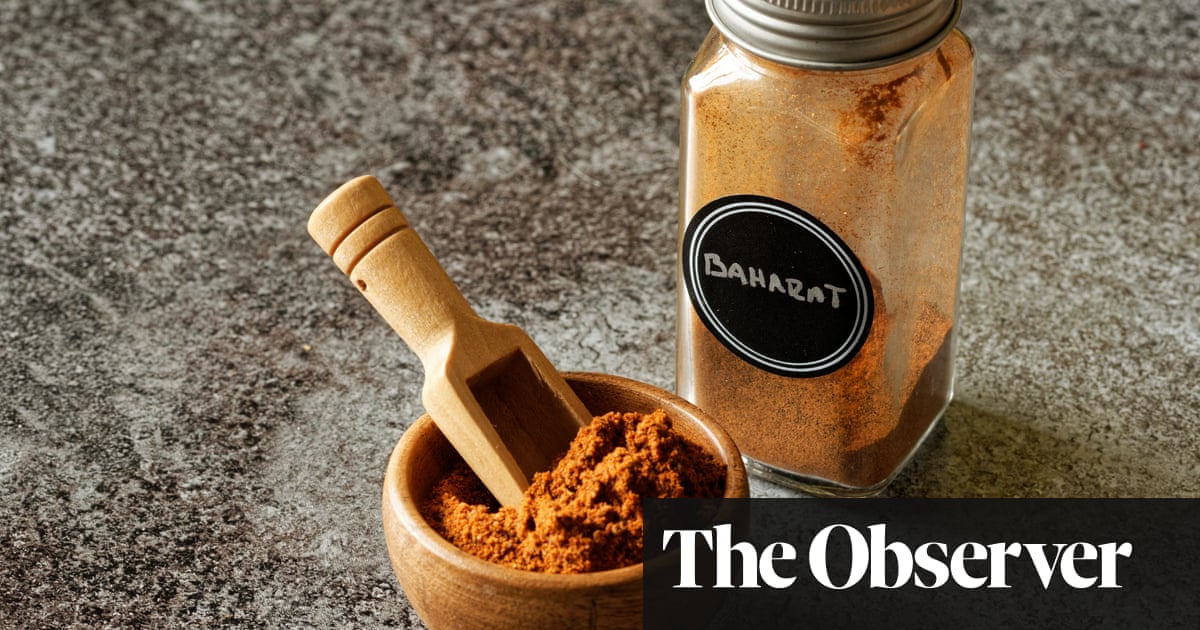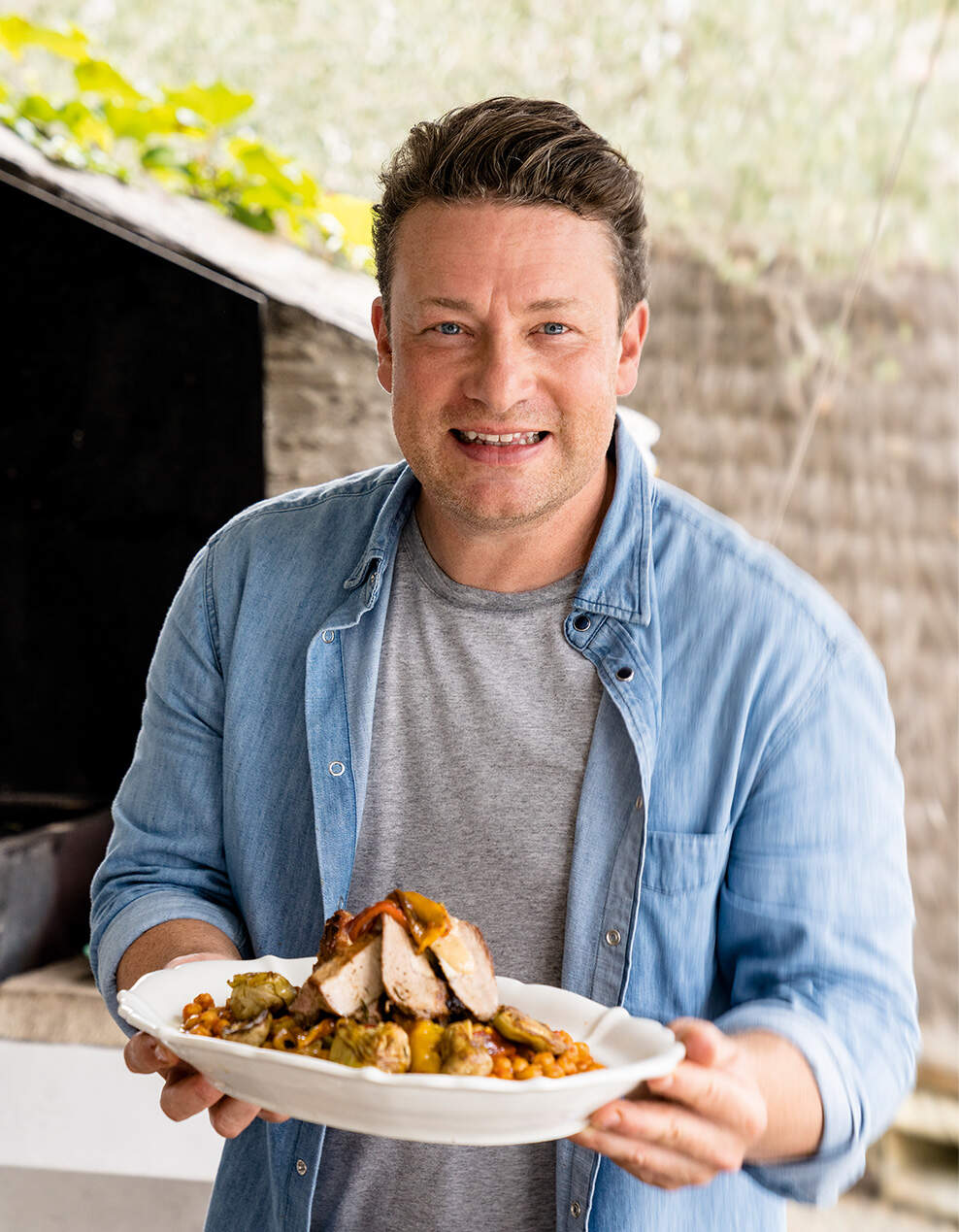
Baharat is the word for spice in general in Turkish but it’s also used for a mix. One of the predominant flavours is allspice berries – it’s got lots of warm spices, such as cloves and nutmeg, and sometimes a bit of cinnamon. Everyone has a special mix. I add mahleb and mastic – this is my grandmother’s recipe. Mahleb are dried cherry seeds, with quite a bitter flavour. Mastic is a resin from a tree, almost pine-like in taste. You probably won’t get these spices in supermarkets but you can buy them in Turkish or Middle Eastern stores.
I use baharat the most in bread inspired by my grandmother. She used to make a white loaf encrusted with sesame seeds and ripple the baharat mix through. I now use it in sourdough.
Baharat works in lots of sweet and savoury dishes, such as fish. Roast a piece, chuck in a knob of butter and baharat at the end, and baste it.
Warm spices make us think of Christmas and mulled wine, but baharat isn’t just for winter.
Selin Kiazim is a chef and food writer
Selin Kiazim’s secret ingredient: baharat spice mix - The Guardian
Read More

No comments:
Post a Comment